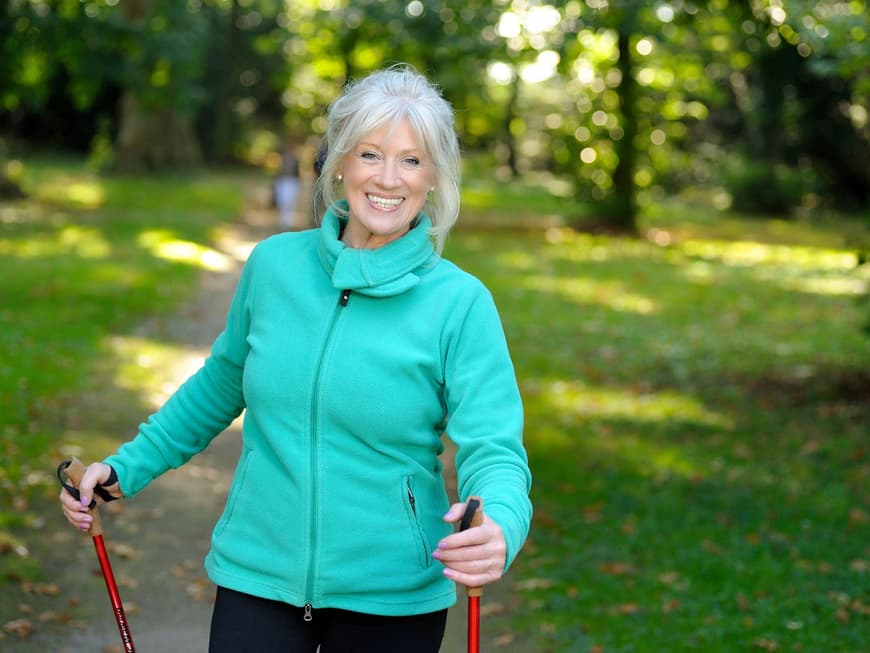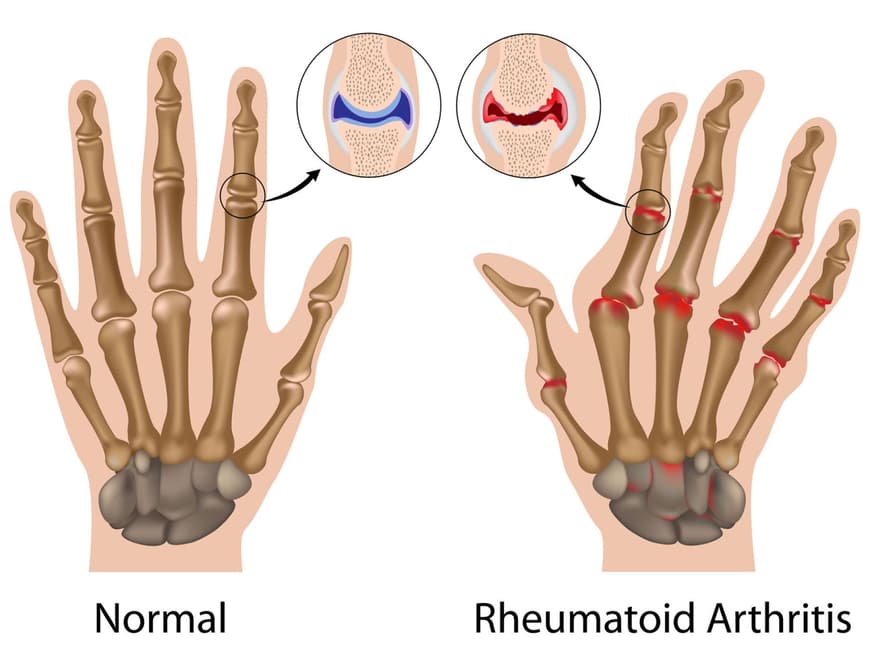Weak joints are not uncommon. More than half of Germans suffer from joint pain. While at the beginning the pain only occurs occasionally, for example if you have overdone it with sport, later the joints are also painful at rest. This is how osteoarthritis (joint wear and tear) becomes a common ailment. It is the most common joint disease worldwide.
How does osteoarthritis develop?
Joints are complicated structures made up of bones, cartilage and ligaments. The cartilage acts like elastic shock absorbers that cushion the loads. However, cartilage is not supplied with nutrients by blood vessels, but by a secretion secreted by the fine synovial membranes. If too little of this secretion is produced, the cartilage shrinks and becomes brittle. The surface becomes rough and fibrous and becomes thinner and thinner. This process can lead to complete cartilage loss. In the later stages, bone rubs against bone, which can cause severe pain.
Weak joints - exercise prevents
The joints can be strengthened with sufficient exercise: With every step and every grip, joint fluid is pressed into the cartilage. Walking or swimming are particularly suitable as these endurance sports are also easy on the joints.
Micronutrients help
The three most important components of healthy joints and cartilage are glucosamine, chondroitin and collagen. Glucosamine is a natural basic substance that is not only found in cartilage, but also in tendons, ligaments, bones and connective tissue, for example. A targeted supply of this substance can strengthen the cartilage structure and promote the natural repair mechanisms in the tissue.
Chondroitin is also a natural component of joint cartilage and is considered a so-called water magnet. It supports the absorption of nutrients. This is crucial, as articular cartilage does not receive a blood supply and is only nourished by this fluid exchange.
Collagen is also a cartilage substance. If it is supplied externally, care should be taken to ensure that it is lyophilized (freeze-dried). It then has a 3D structure, which has proven to be very effective. Lyophilized collagen not only compensates for the loss of cartilage, but also stops inflammation.


